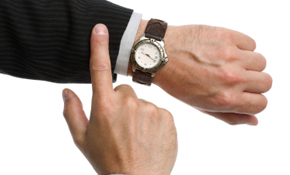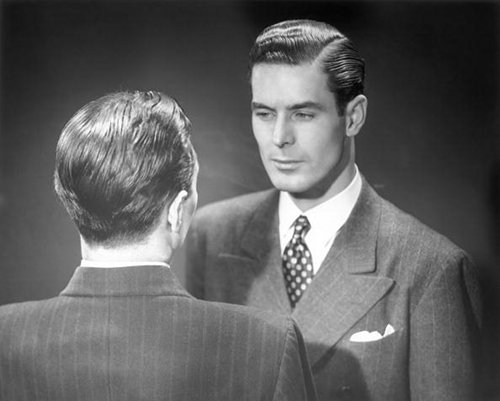In the wake of perusing the prior posts, it is easy to conclude that understanding non-verbal communication is very important for a business professional as it plays a vital part in the business environment. The components of non-verbal communication for example, eye contact, posture & gestures, facial expression, appearance of people play a big part in the overall communication process as they indicate a person's level of interest, manners and discipline. All of us send and receive thousands of non-verbal messages everyday and thus, non-verbal communication is an integral part of every person's life. To conclude, have a look at this simple checklist for the techniques for improving non-verbal communication skills in the workplace:
1. Establish & Maintain Eye Contact.
2. Use Straight Posture to Show Interest.
3. Associate with People from Diverse Cultures.
4. Improve your Decoding Skills
5. Reduce or Eliminate Physical Barriers
Remember to follow these fundamental checklists while working in a business environment. A person who masters the skill of non-verbal communication is likely to succeed in his work and become successful in his job.
References:
Guffey, M.E., Rhodes, K., Rogin, P.(2011). Business Communication: Processes and product(4th brief Canadian edition).Scarborough,Canada:Nelson.
1. Establish & Maintain Eye Contact.
2. Use Straight Posture to Show Interest.
3. Associate with People from Diverse Cultures.
4. Improve your Decoding Skills
5. Reduce or Eliminate Physical Barriers
Remember to follow these fundamental checklists while working in a business environment. A person who masters the skill of non-verbal communication is likely to succeed in his work and become successful in his job.
References:
Guffey, M.E., Rhodes, K., Rogin, P.(2011). Business Communication: Processes and product(4th brief Canadian edition).Scarborough,Canada:Nelson.




